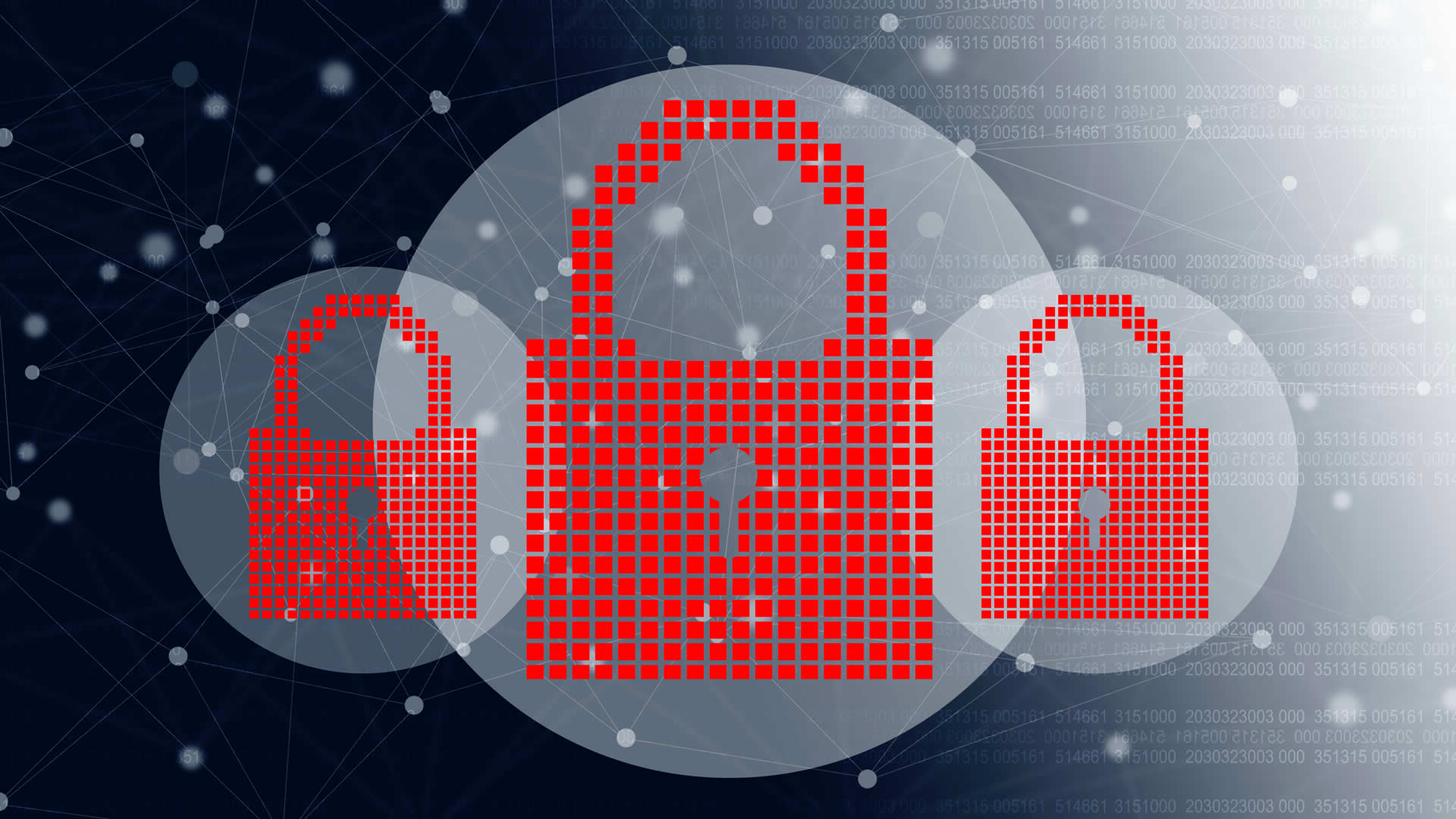Cyber security is not only about technology. It is also about people. People are the ones who use, manage, and protect the technology that powers our businesses and organisations. However, unfortunately people can also be the ones who introduce, expose, or exploit vulnerabilities in the technology. This is what we call human risk.
Human risk is the potential for human behaviour to cause or contribute to cyberattacks, data breaches, or other security incidents. Human risk can stem from various factors, such as:
- Lack of awareness or training on cyber security best practices and policies
- Negligence in handling sensitive data or devices
- Social engineering or manipulation by external threats such as falling victim to phishing
- Human error or mistakes in configuring, updating, or using the technology
Human risk is a significant challenge for cyber security because it is often unpredictable, hard to measure, and difficult to control. Moreover, human risk can have serious consequences for the organisation, such as:
- Financial losses due to fines, lawsuits, or ransom payments
- Reputational damage due to negative publicity or customer dissatisfaction
- Operational disruption due to downtime or data loss
- Competitive disadvantage due to loss of intellectual property or market share
- Regulatory non-compliance due to violation of data protection laws or standards
Therefore, it is crucial for organisations to manage human risk effectively and proactively.
How to Manage Human Risk in Cybersecurity?
Managing human risk in cyber security requires a holistic c approach that addresses the root causes and drivers of human behaviour. Some of the key steps and strategies to manage human risk are:
● Assess the level and sources of human risk in your organisation using tools such as surveys, audits, or simulations
● Identify the gaps and weaknesses in the existing security policies, procedures, and training programs
● Design and deliver engaging and personalised security awareness and education programs that target the specific needs and preferences of your team
● Implement and enforce clear and consistent security rules and guidelines that are easy to understand and follow
● Monitor and measure the effectiveness and impact of the security initiatives
● Provide feedback and support to the employees to address their security concerns or challenges
● Involve and collaborate with the employees in the security decision-making and improvement processes
By managing human risk in cyber security, you can not only reduce the likelihood and severity of security incidents, but also enhance the trust and confidence of your clients, partners, and regulators.
How can we help?
Here at Focus IT, we understand that human risk is a major factor in cyber security that cannot be ignored or overlooked. We want to help you understand your vulnerabilities and how best to improve your security. Therefore we have created a free, completely confidential human risk report. All you have to do is fill in the details here and we will send you your bespoke human risk report.








